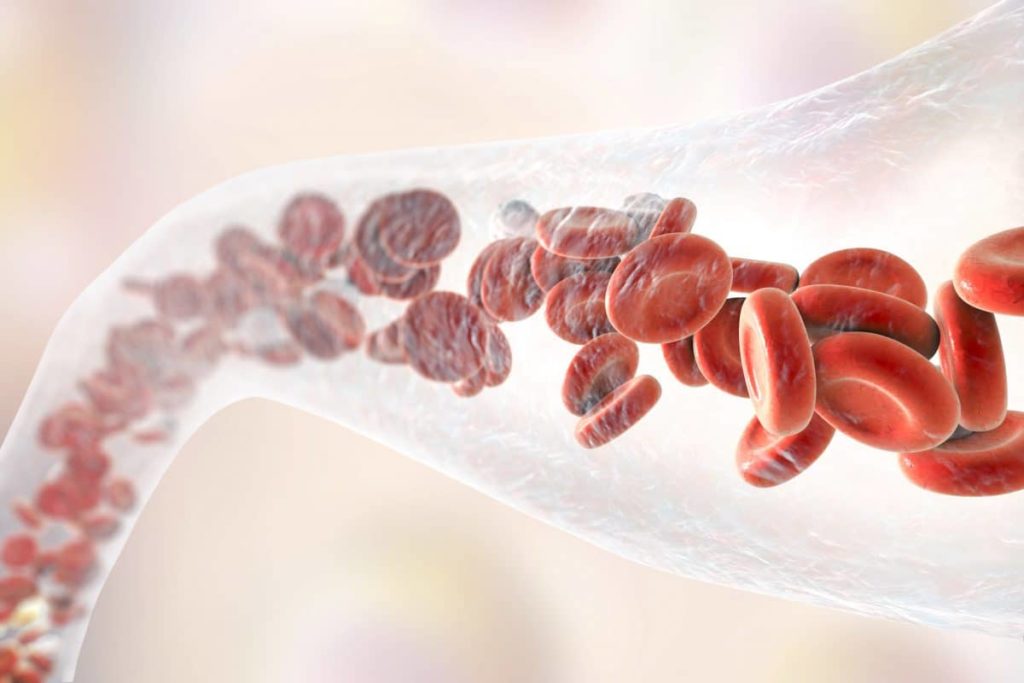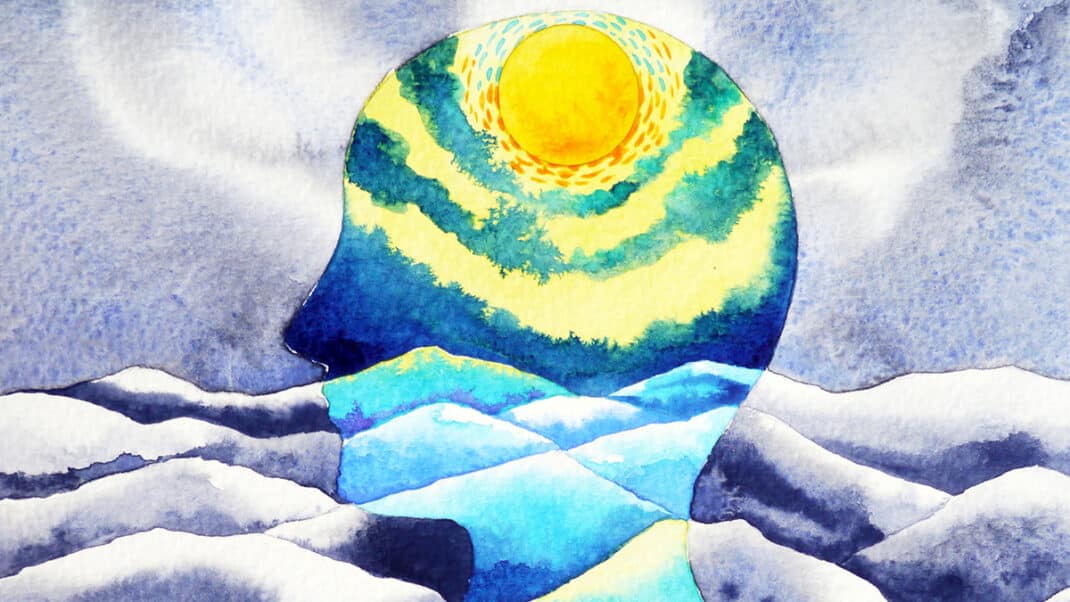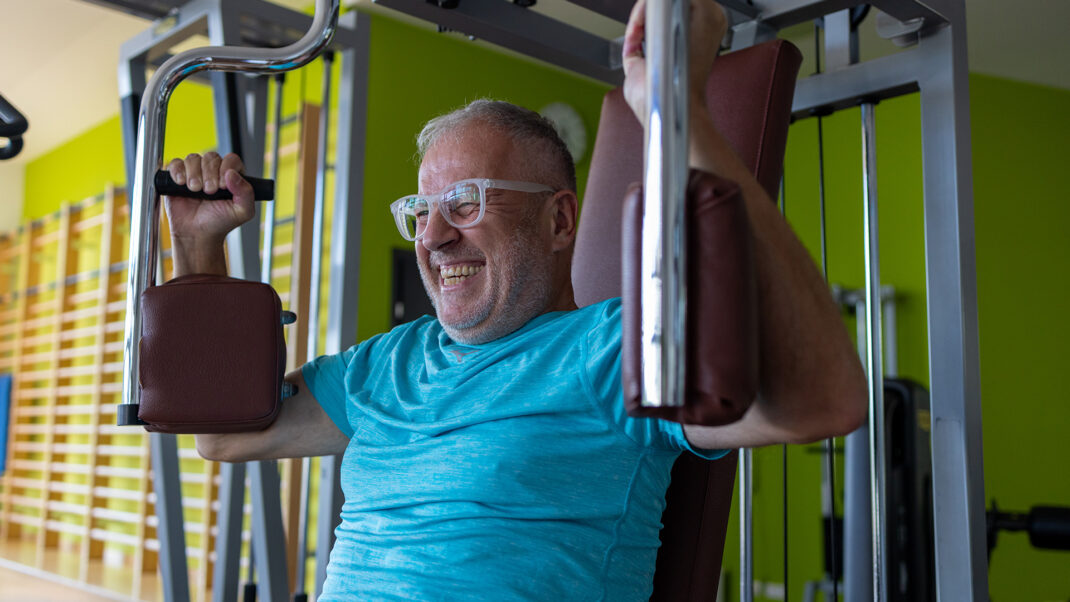Blood Facts: Circulating Information
This life-sustaining fluid inhabits a compelling place in our collective conscience (and colloquial expressions).

In literature, it has been known to curdle, boil and run cold. Yes, we’re talking about blood. A closer look at its function and composition reveals an interesting story about the human body. Blood travels through the circulatory system to deliver vital nutrients, oxygen and hormones to the body’s tissues, and it’s made up of four components: red blood cells, white blood cells, platelets and plasma (MSKCC 2017).
Beyond providing transportation, blood balances water content by transferring water to and from tissues and helps to regulate pH levels by interacting with acids and bases (VMC 2018). Following are some more tidbits about blood:
- Muscle demand for oxygen increases during exercise, prompting red blood cells to transport more oxygen from the lungs to tissues throughout the body via the protein hemoglobin. Red blood cells—which compose about 44% of blood—also release chemicals that dilate blood vessels and increase blood flow, crucial for exercise performance (Mairbäurl 2013; MSKCC 2017).
- The blood in arteries is brighter in color than the dark blood in veins, owing to a higher level of arterial oxygen (VMC 2018). The blue color in veins visible through skin is merely an optical illusion caused by the skin’s absorption and reflection of light (Kienle et al. 1996).
- Like red blood cells, white blood cells are created in bone marrow cells, but white cells are stored in the blood and in lymphatic tissues. White blood cells have a lifespan of 1–3 days, and though they make up only 1% of our blood, they play an important role in battling viruses and bacteria in the bloodstream (Berry & Levy 2018a, 2018b).
- Platelets are the colorless fragments of blood cells that control bleeding. They comprise less than 1% of blood. The lifespan of platelets is about 9–12 days (MSKCC 2017).
- Plasma is the pale-yellow liquid portion of blood that holds and transports all blood cells, making up about 55% of our blood (MSKCC 2017).
- Consistent with the popular idiom, blood really is thicker than water—about 4.5–5.5 times more viscous. Blood viscosity is critical for proper function. Too little or too much resistance to flow can strain the heart and cause cardiovascular problems (VMC 2018).
- Each year, roughly 6.8 million people donate blood in the United States. Type O negative is frequently highest in demand since only 7% of the U.S. population has this blood type and it’s the universal type needed for emergency blood transfusions (American Red Cross 2018).
References
American Red Cross. 2018. Blood needs and blood supply. Accessed Nov. 15, 2018: redcrossblood.org/donate-blood/how-to-donate/how-blood-donations-help/blood-needs-blood-supply.html.
Berry, J., & Levy, A.S. 2018a. What are white blood cells? University of Rochester Medical Center. Accessed Nov. 15, 2018: urmc.rochester.edu/encyclopedia/content.aspx?ContentID=35&ContentTypeID=160.
Berry, J., & Levy, A.S. 2018b. What are red blood cells? University of Rochester Medical Center. Accessed Nov. 15, 2018: urmc.rochester.edu/encyclopedia/content.aspx?ContentID=34&ContentTypeID=160.
Mairbäurl, H. 2013. Red blood cells in sports: Effects of exercise and training on oxygen supply by red blood cells. Frontiers in Physiology, 4 (332).
Kienle, A., et al. 1996. Why do veins appear blue? A new look at an old question. Applied Optics, 35 (7), 1151-60.
MSKCC (Memorial Sloan Kettering Cancer Center). 2017. Facts about blood and blood cells. Accessed Nov. 16, 2018: mskcc.org/cancer-care/patient-education/facts-about-blood-and-blood-cells.
VMC (Virtual Medical Centre). 2018. Blood function and composition. Accessed Nov. 16, 2018: myvmc.com/anatomy/blood-function-and-composition.
Sarah Kolvas
Sarah Kolvas is the content manager for IDEA.






